
《礼记·月令》有载“中秋之月养衰老,行糜粥饮食”,逢时拜月,顺便吃粥。一般认为,欢度中秋佳节习俗兴于宋朝,彼时的小朋友已然学会每逢佳节熬夜玩耍,参见孟元老《东京梦华录》:“中秋夜,贵家结饰台榭,民间争占酒楼玩月。丝簧鼎沸,近内廷居民,夜深遥闻笙竽之声,宛若云外。闾里儿童,连宵嬉戏。夜市骈阗,至于通晓。”仲秋的好天气自然也让徽宗赵佶心旷神怡,便作诗帖《闰月中秋》赋: “万象敛光增浩荡,四溟收夜助婵娟。鳞云清廓心田豫,乘兴能无赋咏篇。”
Rites·Yueling, in the sentence “support the elderly with some porridge during the Mid-Autumn days”: this famous line describes the tradition of people worshipping the moon and sharing meals with the elderly. It is generally believed that the custom of celebrating Mid-Autumn Festival flourished during the Song Dynasty. At that time, even kids stayed up late to play during the festival’s days. In the book The Eastern Capital: A Dream of Splendor, Meng Yuanlao describes the capital during the night of Mid-Autumn festival as a city characterized by lanterns and coloured streamers, with music and people playing and drinking. The weather during mid-autumn days is so fresh and pleasant that the Song Emperor Zhao Ji wrote a poem in praise of it: “All things are fading as if they are giving their lights to the bright and beautiful moon. The autumn clouds resemble the profile of a fish: my heart is filled with joy and it is a great pleasure for me to write about it”.
People's beautiful imaginary for the festival is usually based on myths and legends. In the early days of China, history was often explained through myth and archives were often missing or inconsistent. Different and multifaceted versions of folk narratives reflected the social development trends and the concerns of people at that specific time. The meaningfulness of looking back to the traditions of the Mid-Autumn Festival lies in the fact that through the analysis of Chinese traditional culture with a worldwide and interdisciplinary perspective, we can learn from the past and integrate the tradition into the contemporary context.
There are many versions of the story explaining why Chang'e went to the moon. The most widespread stories include 1. Houyi (Chang’e’s husband) cheated on her with He Bo’s wife. Chang’e was frustrated, so she swallowed the elixir of immortality and flew to the Guanghan Palace on the moon. 2. As the lord of a country, Houyi was violent and autocratic and he wanted to live forever. To save the people in the country, Chang'e stole Houyi’s elixir and then became a fairy and she escaped up to the moon.
There is also another version of the story which talks about a lumberjack named Wu Gang outside Guanghan Palace, on the moon; unlike Wu Gang, after Chang'e escaped to the Guanghan Palace, she was basically not heard for a long time by people on earth. It is fair to guess that she did not have a full schedule while she was living there. Any imaginary vision about the moon before the Apollo project could be accepted; but on September 2, 2020, NASA published a piece of news titled "The Moon is Rusting…” on its official website—The check results show that there is a certain amount of haematite at the poles of the moon.
Haematite’s chemical composition is Fe2O3: it belongs to the hexagonal crystal system, which was called "Daizhe" in ancient China. Daizhe is red, earthy and dim in luster. Its powder was once used as a red mineral pigment. As a kind of inorganic pigment with a long history, the use of mineral color is very common in ancient Chinese silk paintings and murals. In 2018, the artist Fang Zhiyong created a set of mineral color paintings on rice paper titled "Hometown": each of them has a subtitled taken from the twenty-four solar terms. The two-meter-long horizontal scroll is smudged with ink and interwoven with natural mineral colors. The chemical action of different materials generates a microscopic organic pattern on the paper. The reproduction of wind and rain is mixed with the alternance of light and shadow, and the sun and trees of the hometown are faintly reproduced on the paper.
 乡 No.13-立秋 Hometown No.13-Beginning of Autumn
乡 No.13-立秋 Hometown No.13-Beginning of Autumn
 乡 No.14-白露 Hometown No.14-White Dew
乡 No.14-白露 Hometown No.14-White Dew

While creating the "Hometown" painting series, Fang Zhiyong wrote a poem titled "When did my hometown become a distant place". It seems that Ms. Chang'e, who also misses her hometown as much as the artist Fang Zhiyong does, lacks some talent for fine art, since no paintings have been found on the moon, even it’s the lunar surface was rich of mineral pigments.
As mentioned above, the only lumberjack job on the Moon is currently held by a man named Wu Gang. Wu Gang was punished by Emperor Yan and went to the Moon Palace to chop down a laurel tree, but the five-hundred-meter-high laurel tree could heal itself immediately while being cut. Even Yutu (the rabbit on the moon) who was smashing the cut branches and leaves was of no avail. Wu ended up trapped into a hopeless never-ending labor. This story shares similarities with the myth of Sisyphus in Ancient Greek mythology who also experienced a never- ending labor: Sisyphus, who irritated the gods, was punished to push a boulder up the mountain. Whenever he approached the top of the mountain, the boulder would roll down to the foot of the mountain due to its own weight, so Sisyphus would go back and start again from the very beginning.
The nihilistic Wu Gang and the existentialist Sisyphus are both archetypes showing the transcendence of the initiative: they represent the truth of existence and the eternal law of the universe - “Tao" or "The One". The neo-Platonic philosopher Plotinus believes that the One is the highest active cause, the first principle. (The translation of "Taiyi" in Chinese is taken from "Zhuangzi·Tianxia"). In Plotinus's concept of emanation, the One flows outward due to its own perfection: firstly it becomes the intellect, then the soul, and then the original material of the world; the concept of “Taiyi” in the Book of Rites refers to the chaotic state of heaven and earth before the splitting process: “The cosmos is originally based on Taiyi, then it is divided into heaven and earth, turned into yin and yang, into four seasons, and listed as ghosts and gods." There are many conceptual similarities between the concept of Taiyi and the theory of emanation.
In the tempera painting series “The Emanation of the One” realized by artist Cong Yunfeng, it is easy to detect visual elements from traditional Islamic Art including minimalist symmetrical geometric patterns and plants. At the same time, these seemingly well-defined Islamic patterns also remind the existence of other cultural elements, such as the floor tiles laid in the living room, typical of southeastern coastal areas of China.
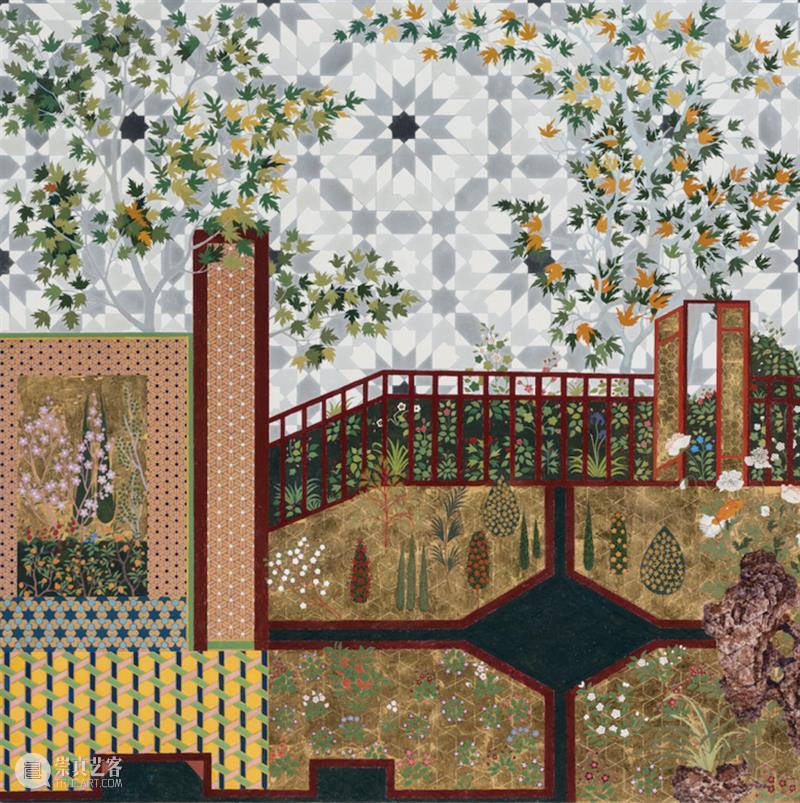
丛云峰 Cong Yunfeng 太一的流溢-酉 Emanation of the One-You 木板坦培拉 金箔 Tempera on wood Gold leaf 100 × 100 cm 2019
In the "background", composed of polygonal tiles, Cong Yunfeng uses Tempera to represent traditional Chinese landscape: the visual composition reflects the technique and the function of traditional Chinese landscape paintings. The screens create an illusionary space on the flat surface between the “foreground” and the “background”, echoing Wu Hung’s observation of the screens’ role in the book The Double Screen: Wu Hung highlights that the screen does not only provide a basic space division but it also affects the framework of the image so as the two areas divided and juxtaposed by the screen are exactly the representation of culture and nature according to the traditional aesthetics of Ming’s era. Cong Yunfeng’s works are characterized by an interesting combination of multi-cultural elements and interdisciplinary methods: just as Chinese landscapes and Persian gardens share similarities and consistency, Wu Gang and Sisyphus’s shared fate actually challenges the concept of a binary opposition between Eastern and Western civilizations; as the One is the promoter of everything, every being is the emanation of the One.
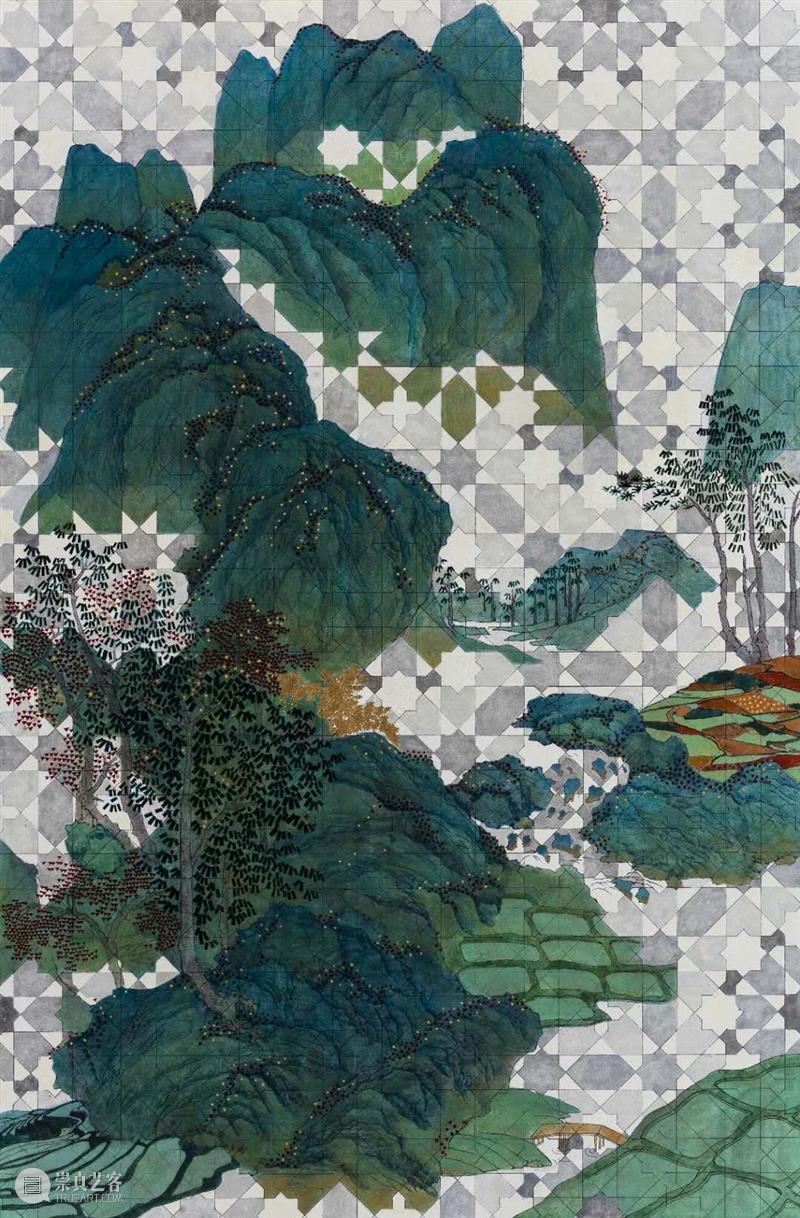
丛云峰 Cong Yunfeng 太一的流溢-丙 Emanation of the One-Bing 木板坦培拉 Tempera on wood 122 × 80 cm 2017
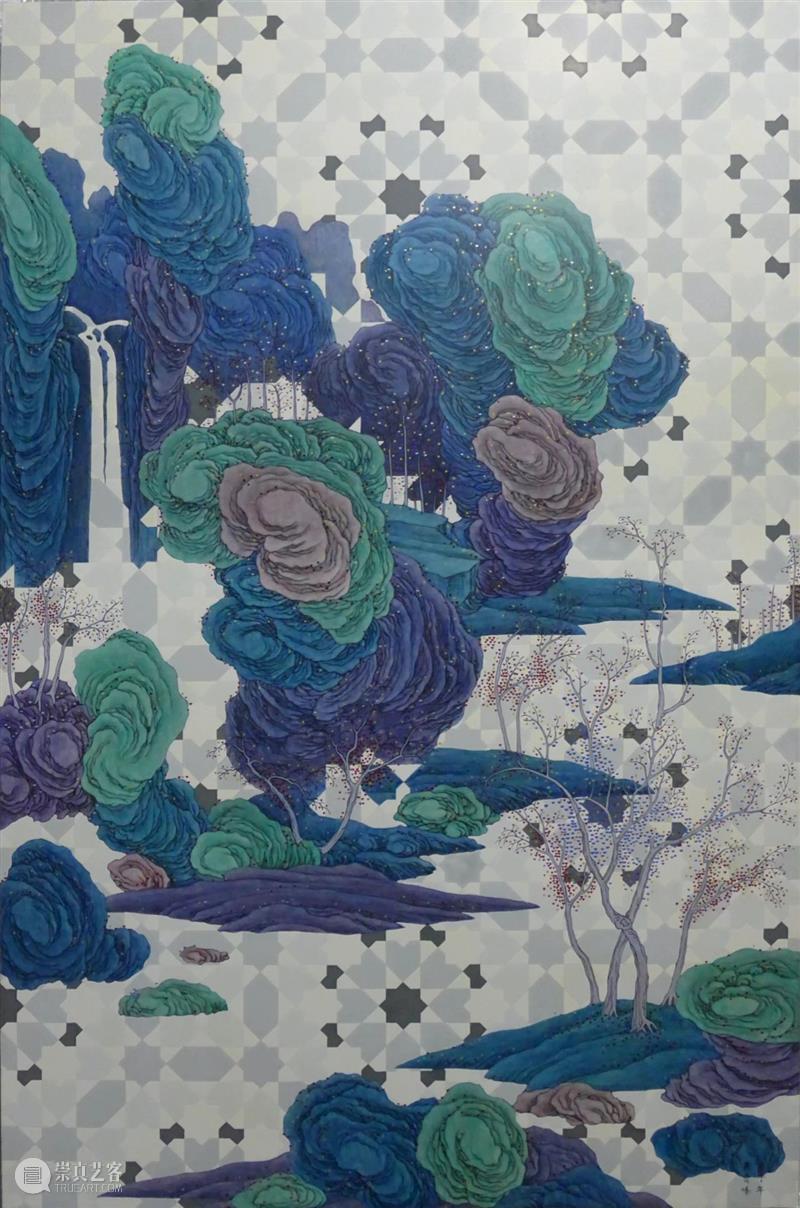
It is said that the custom of eating moon cakes during the Mid-Autumn Festival started with Zhu Yuanzhang, an emperor of Ming Dynasty and his military adviser Liu Bowen: Zhu wanted to lead the Han people to resist the tyranny of the Yuan Dynasty, so Liu Bowen added the note “Uprising on August 15" in the pastry of the cake, and then passed the message to the people on the night of the full moon. The uprising finally succeeded. Nowadays, we it is very common to see the double-egg-yolks in the middle of the moon cake with the characters of sun (“日”)and moon (“月”) which together compose the character for the Ming Dynasty ( 明 ).
After the Spring Festival, the Mid-Autumn Festival is the most celebrated traditional festival overseas. In Chinatown in the eighth lunar month of each year, there would be no shortage of supply of lotus paste mooncakes from several popular Chinese brands. However, mooncakes are not as popular as Fortune Cookies in Chinatown. Fortune cookie is a kind of "Asian flavor" cookie made of flour, sugar, cream and vanilla, with a golden king's horn shape. The inside of the cake is hollow, and there are small notes of traditional sayings written in Chinese and English. Fortune cookies have almost become a must-have dessert for Chinese restaurants in the United Kingdom and the United States, and customers tend to believe in the "predictions" on the notes.
In connection with the legend of moon cakes, the characteristics of the fortune cookies seems to be in the same line with traditional Chinese culture. However, in China everybody knows that eating fortune cookies is not really an authentic tradition, it is more an adaptation of a Chinese tradition abroad. Fortune Cookies acquired a symbolic meaning in the collective imagination, and they are associated with a certain exotism. In the process of incorporating elements of traditional Chinese culture within the global context, we often face challenges and re- interpretations of original symbols.
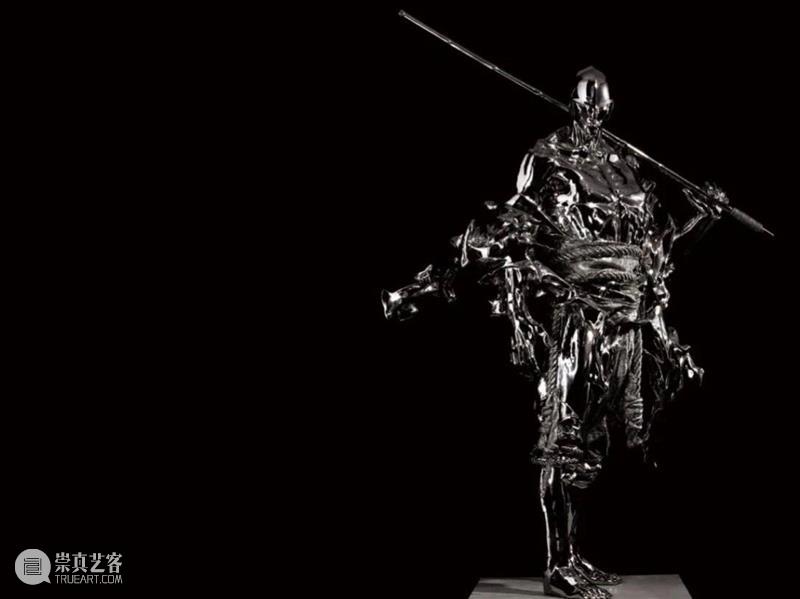
任哲 Ren Zhe 清影寒 Uprightness and Vitality 不锈钢 Stainless Steel 68 × 42 × 103 cm 2013
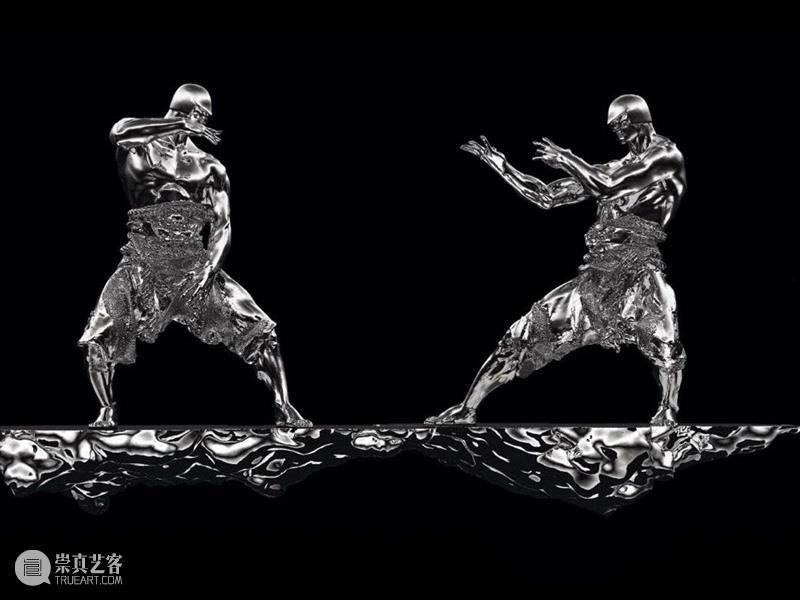 任哲 Ren Zhe 云端 Above the Clouds 不锈钢 Stainless Steel 2013
任哲 Ren Zhe 云端 Above the Clouds 不锈钢 Stainless Steel 2013
Fang Zhiyong, Cong Yunfeng, and Ren Zhe are typical examples of contemporary Chinese artists' practice based on traditional culture. Through a detailed analysis, we have reasons to believe that traditional art practice is slowly shifting from the willingness to establish itself outside to a more introspective approach in terms of spiritual pursuit and self- establishment. When Chinese dig into the origins of traditional festivals to dig out their roots, stories about the festivals reveal misty myths, even if Confucius used to say: “I do not talk about ghost and other weird things." Therefore, it is better to rely on our intuition to legitimize our subconscious realm. There is no need to be reserved on beautiful things such as joy and blessing:
Happy Mid-Autumn Festival, Mate 🌝
(Parkview Green Art opens as usual during National Holidays)

Opening Hours: Every day 10:00-22:00
【媒体垂询 I Media Contact】
www.parkviewgreenart.com
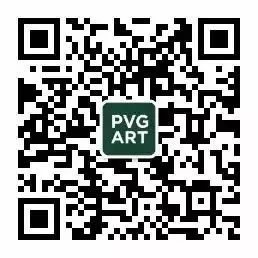


已展示全部
更多功能等你开启...
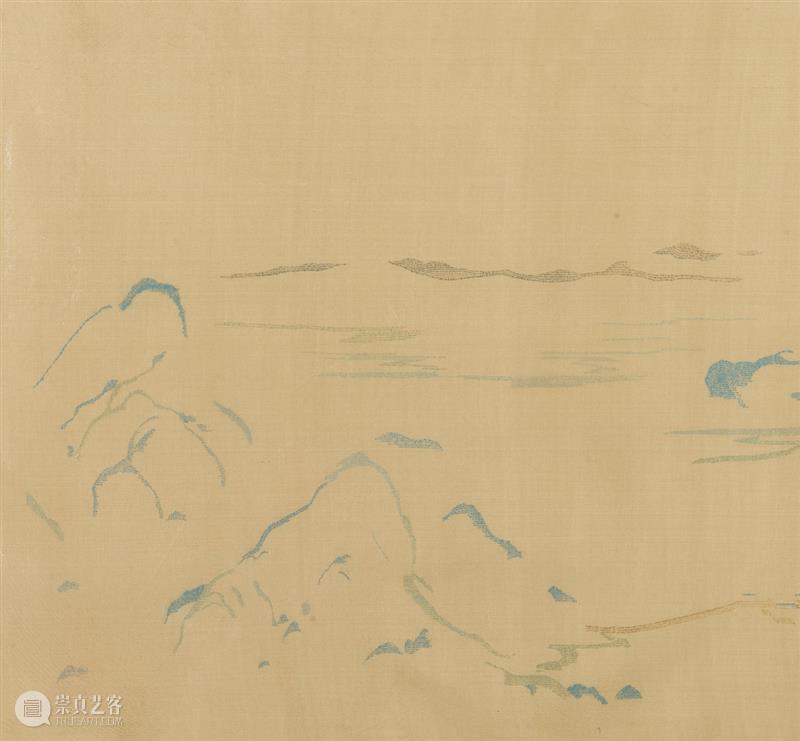
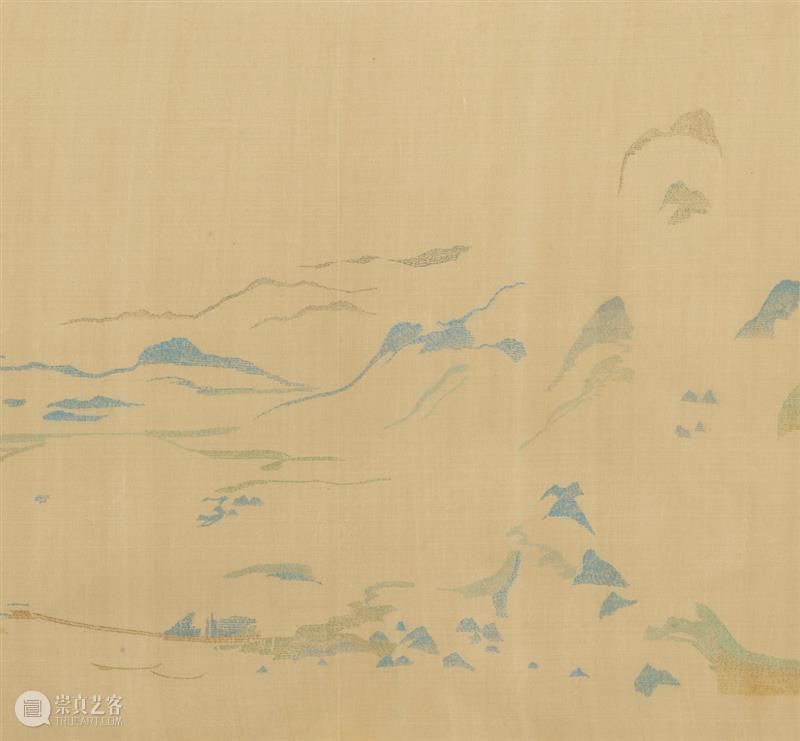
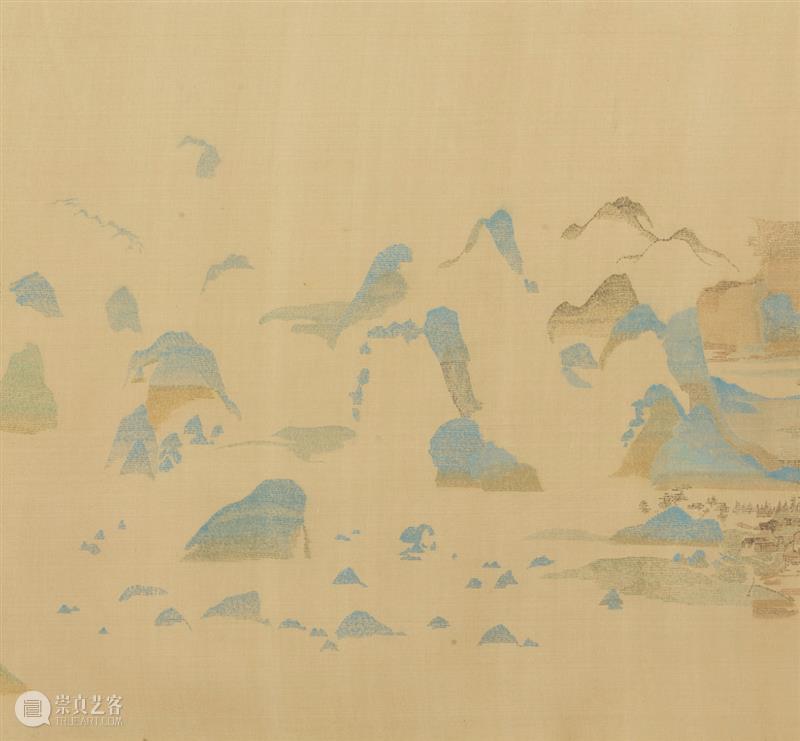
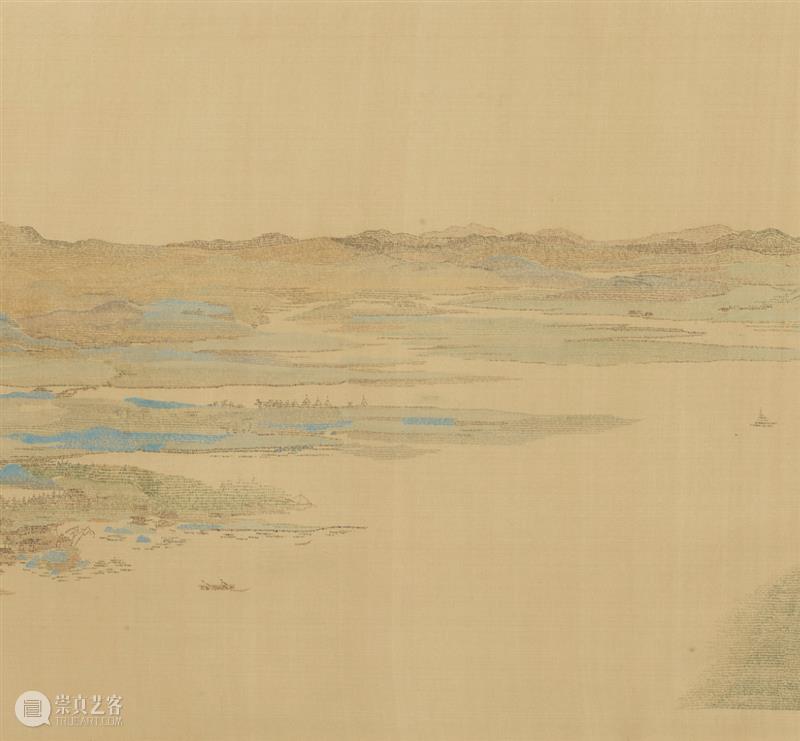
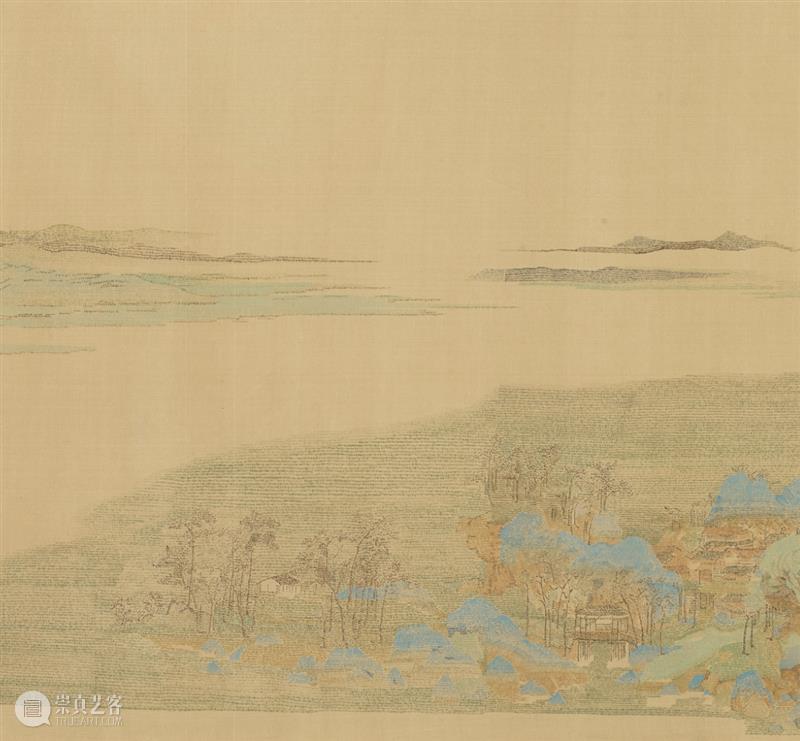
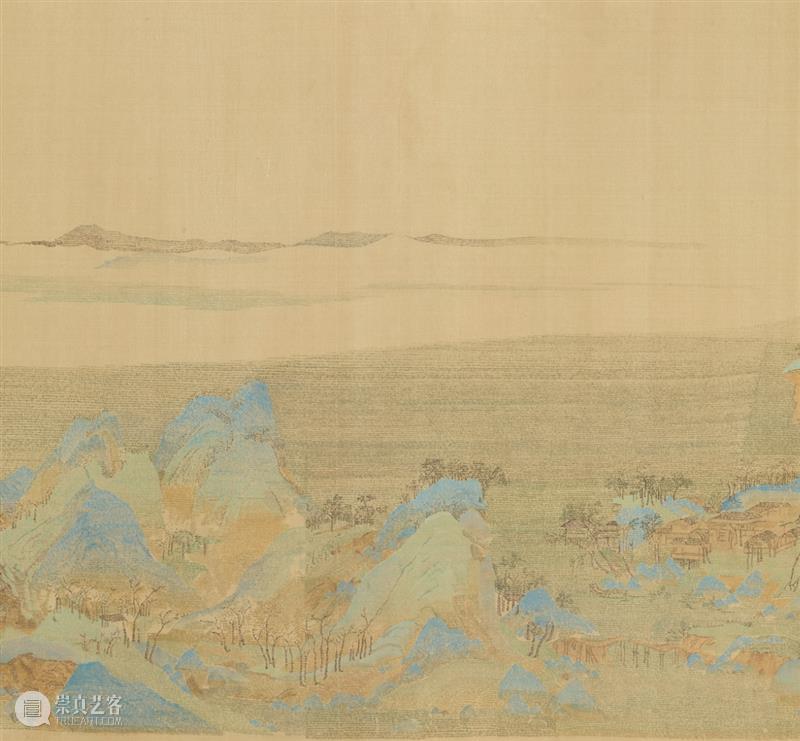
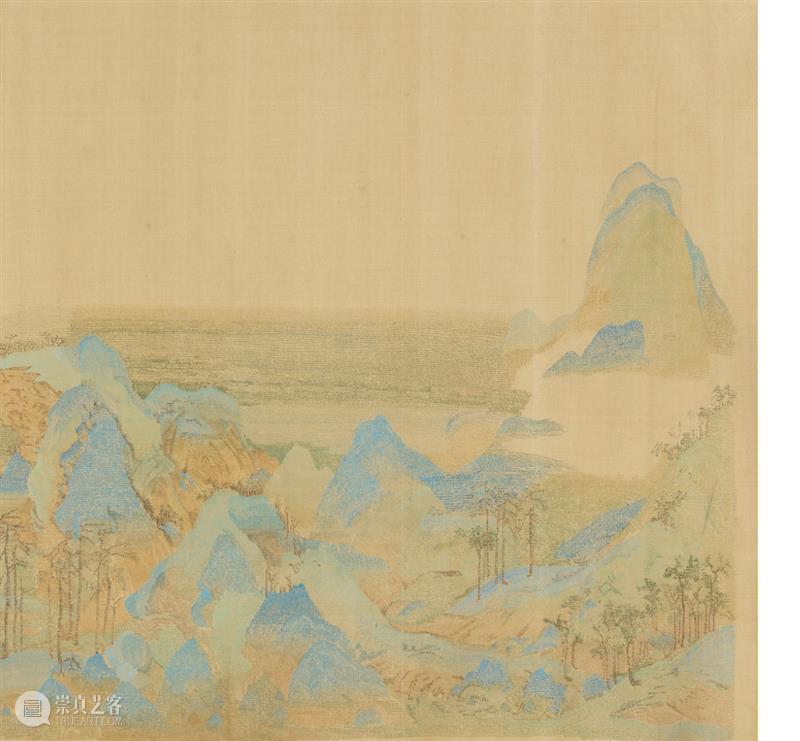
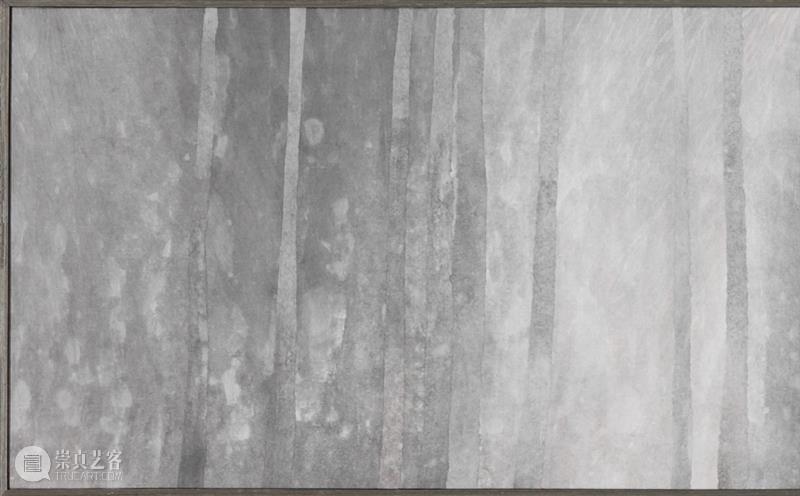
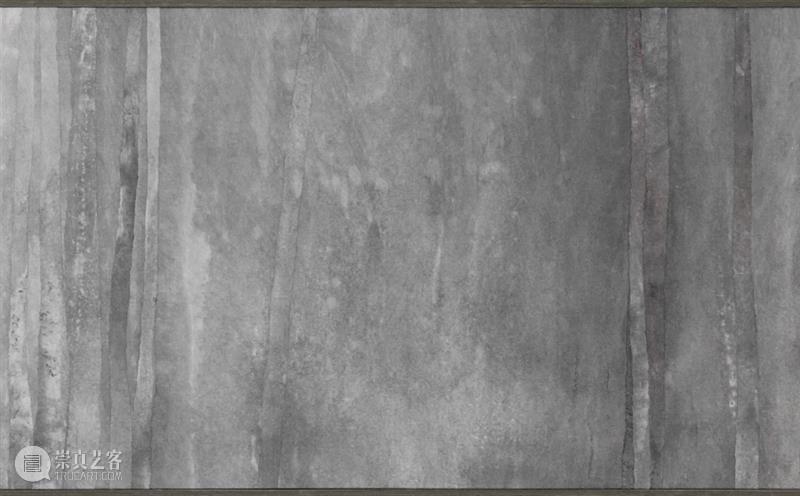
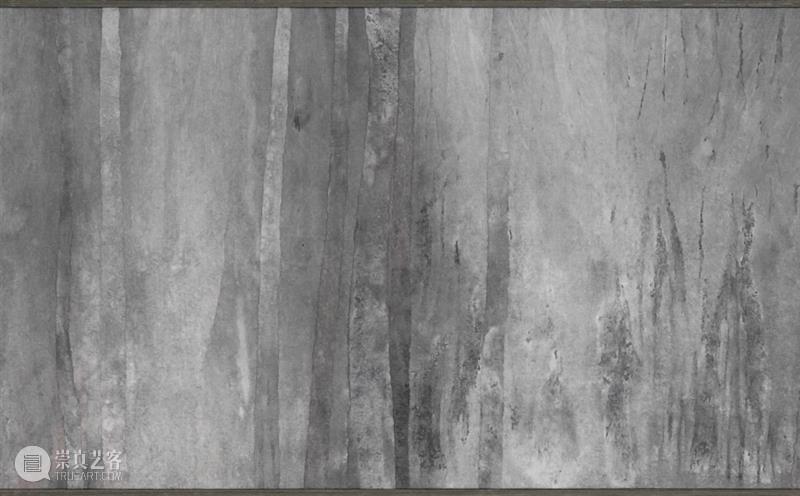
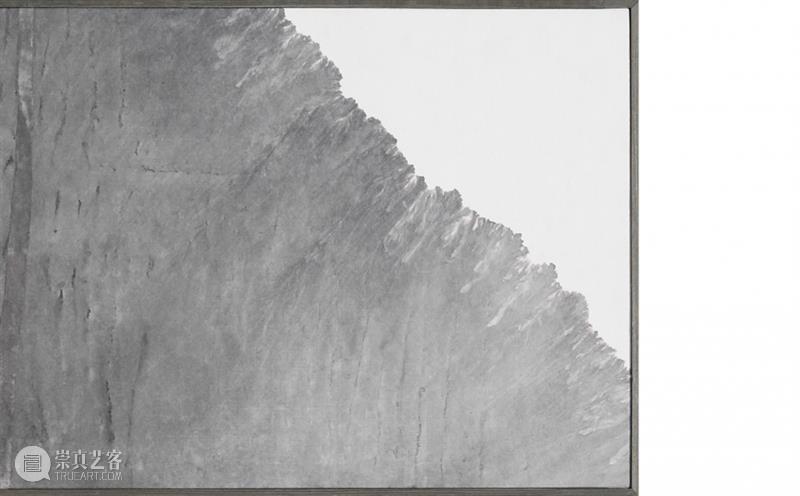





 分享
分享